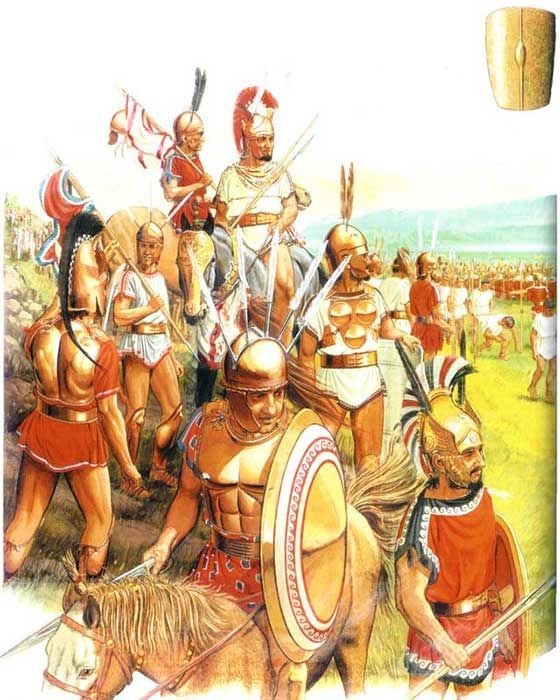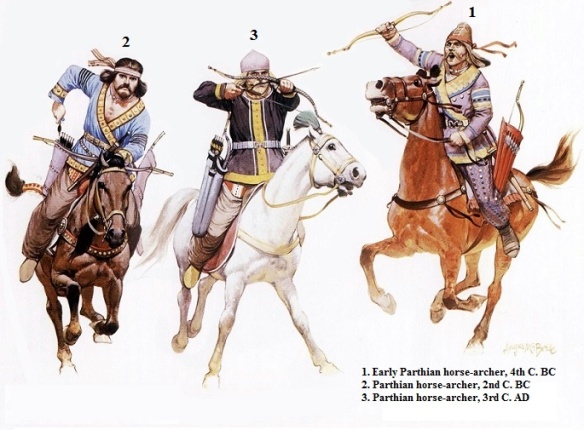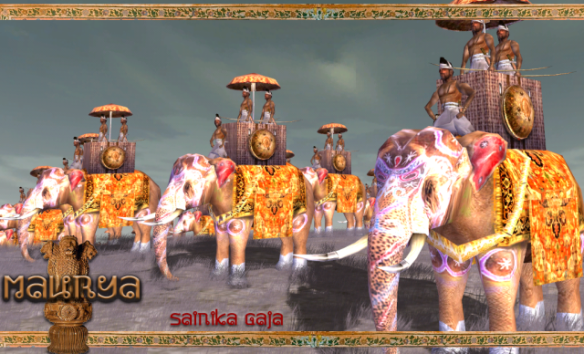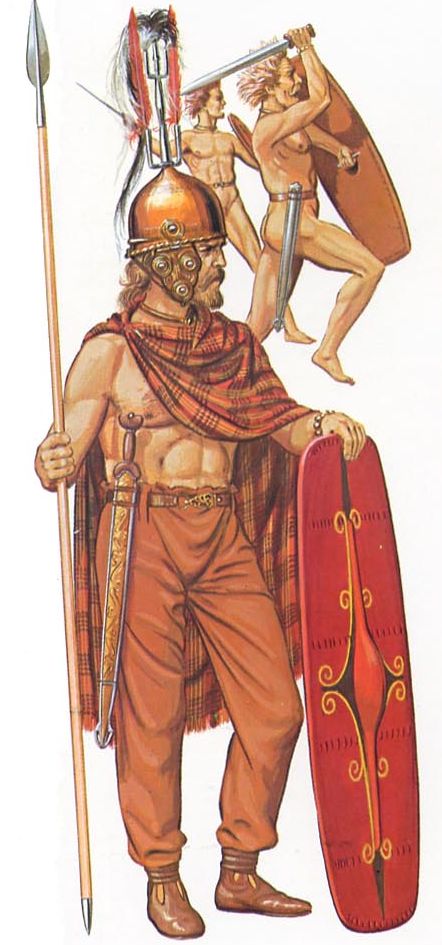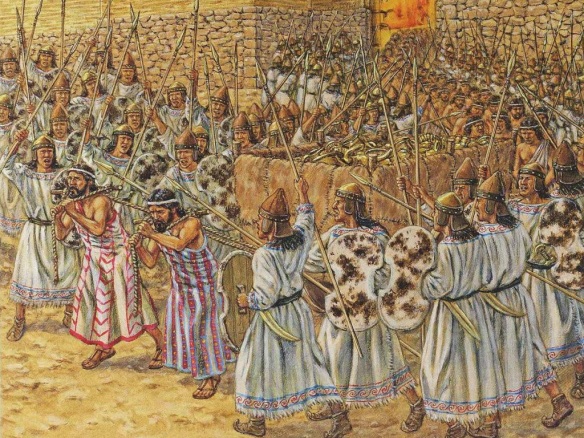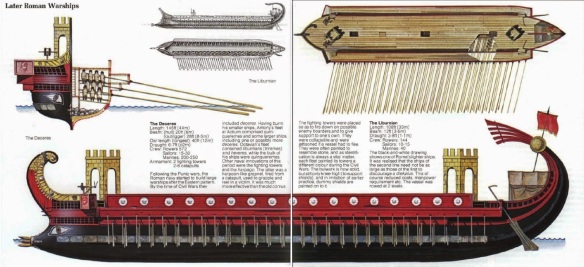The main elements of war making were basically the same in 3500 b. c. e. as they were in 600 c. e., although the size of armies and the scope of wars increased significantly over time. Techniques and technologies may have improved, but all wars involved the combatants in hand-to-hand struggle, usually with swords and spears, and long-distance fighting using bows and arrows, in siege warfare, and in cavalry combats. The following is a short list of some techniques and technologies of warfare that showed advances over the period.
Cavalry. The horse came onto the battlefield pulling chariots as the Indo-Europeans moved out of their homeland in the crossroads of Europe and Central Asia. It was a remarkable innovation. Sumer was known to have used donkey-driven chariots a bit earlier (3000 b. c. e.), but the Indo-European Hittites (1400 b. c. e.) on horse chariots rode into the heartland of Sumer without challenge.
The next advance after cavalry became an important component in warfare was the invention of the stirrup by Asian nomads around 300 b. c. e. About the same time the nomadic Huns nailed a metal horseshoe on the hoofs of their animals. With these inventions horses could go farther and faster and the riders gained fuller control over their mounts.
India was the first land to use elephants in battle. Alexander the Great first encountered the war elephant in India. Later the Romans prized them highly. But elephants did not adapt well to cold. When Hannibal invaded Italy, only one elephant survived the march across the Alps.
Infantry and Iron Weapons. The horse did not make infantry obsolete. Improvements in providing protection for foot soldiers came with Sumer’s use of the shield (2500 b. c. e.). In Alexander the Great’s day a whole company of fighters would march into battle linked together by shields to form a moving wall. This formation is called the “phalanx.” Ordinary citizen soldiers could learn the coordination and discipline involved with the phalanx, and this esprit de corps continued into civic life and social interaction. In ancient Greece a dynamic of participatory government sprang from this expectation of battlefield accountability. When combined with Athens’s newfound opportunities on the sea, the aristocracy based on cavalry gave way to democracy based on infantry and navy. Individual body armor, used with the shield, protected soldiers in battle. By 250 b. c. e. the Chinese had developed body armor made of metal plates. The idea of “knights in shining armor” doing pitched battle is a fancy of the Middle Ages, as iron was simply too heavy and valuable for large-scale use. The Parthians (c. 250 c. e.) claimed that their horses ate Iranian mountain alfalfa and were strong enough to bear their warriors in full (though mostly non-iron) armor.
The marauding Hittites inaugurated the Iron Age with iron weapons replacing bronze ones. By 1000 b. c. e. iron was common for weapons all over the Mediterranean world and spread to China after 500 b. c. e. Even the Celts had become experts at smelting and used wrought iron on the battlefield by 750 b. c. e.
Sieges and Archers. The Assyrians, most feared warriors of the Near East, excelled in war-making technologies and organization (extensive secret police, propaganda), crafting a united and long-lasting empire out of Mesopotamian city-states. When they advanced against the walls and gates of cities, Assyrians used battering rams and siege engines that struck terror in the hearts of the inhabitants. When their soldiers marched outside the city walls before battle, the Assyrians would race around with their chariot-driven platforms of archers and mow down their hapless opponents. For 500 years the techniques of besieging cities did not change much, until the Romans invented the catapult in 500 b. c. e., which hurled boulder and flaming fireballs against the defenses of their enemies.
The bow and arrow were among the earliest primitive weapons used throughout the world. For the Greeks of the Iliad the bow and arrow were despised and considered effeminate compared with hand-to-hand combat, the true test of heroes. Xerxes’ Persians (490 b. c. e.) and Marcus Aurelius’s Romans (170 c. e.) used archers to great advantage, as their arrows would blacken the skies before the charge of their infantry and cavalry. The Chinese found ways of perfecting aim and power with the crossbow; later the composite bow originated among the nomadic tribes of the Asian steppes. Both were more accurate and powerful than the simple bow.
Navies. In the 14th century b. c. e., the Achaeans (Greeks) and others took to the sea. By 1200 b. c. e. the first-known sea battle was fought: the Mediterranean Sea Peoples against the Egyptians. Assyria and India each had seagoing ships by the early 700s b. c. e. Besides the Phoenicians and possibly the Etruscans, the Athenians were one of the first states to make seafaring their mainstay. From them the use of the trireme ship (a vessel with three rows of oars) took on decisive importance in warfare. Athens survived by controlling the seas. Navies became more and more important as civilizations increased their trade and social contacts. However, for the most part ships were used for cargo transportation, raiding, and exploration. In warfare they had a limited role. Thus, the natives of Oceania put their seafaring to use in colonizing places such as Hawaii and the Easter Islands, and the Phoenicians explored Britain and rounded the Horn of Africa.
